Things about flower shops | How to care for fresh cut flowers and the standard shelf life of common cut flowers
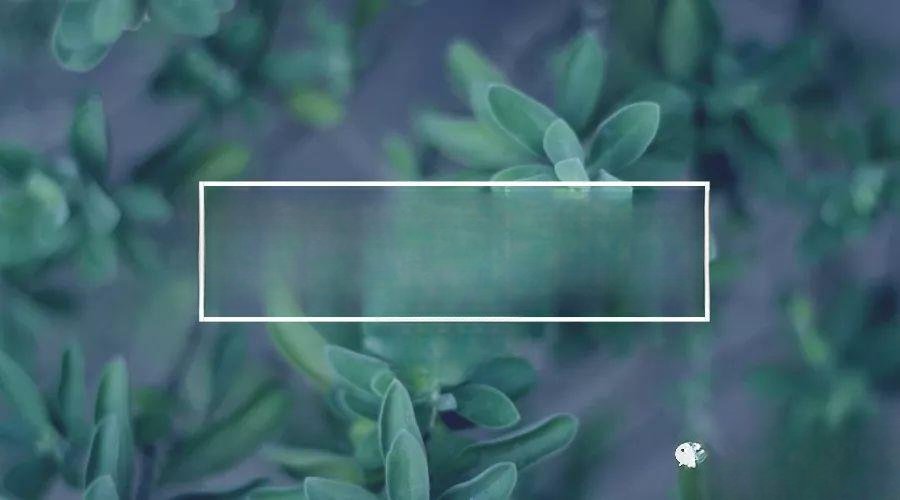
your
Florist's Training
Essential Tools
Flower shop stuff
Caring for Cut Flowers
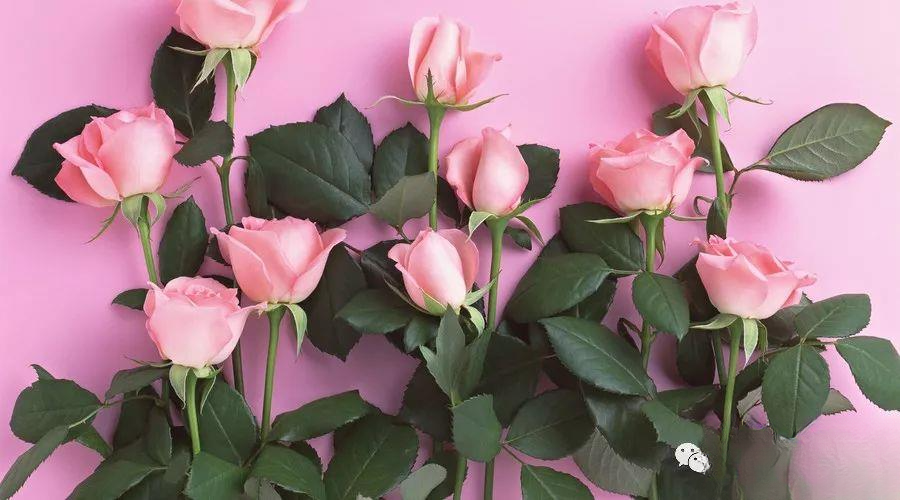
Caring for and managing the purchased cut flowers is the basis for the survival of a flower shop.
How well flowers can be provided to customers depends on the management skills of the store.
The lifespan of cut flowers is limited. It is generally believed that putting them in cold storage can prevent the decay of flowers, but this is impossible. Low temperature storage can delay the decay process, but it cannot prevent it. Even if they look fresh to the naked eye, the inside of the cut flowers is slowly decaying, and the ornamental value may be lost immediately after the customer buys them home. Therefore, in order to improve customer satisfaction, cut flowers need to be properly managed.
Moreover, after the flowers arrive at the store, they need to be treated with water conservation as soon as possible.
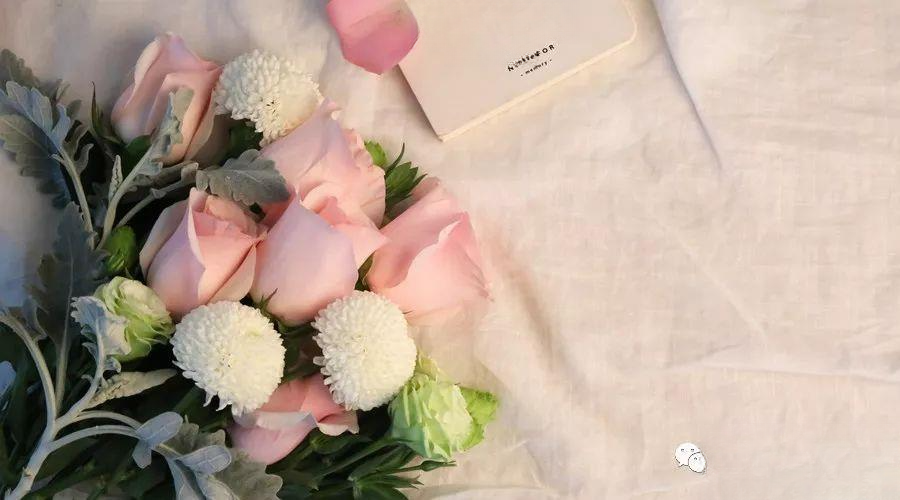
1
Cut flower storage environment
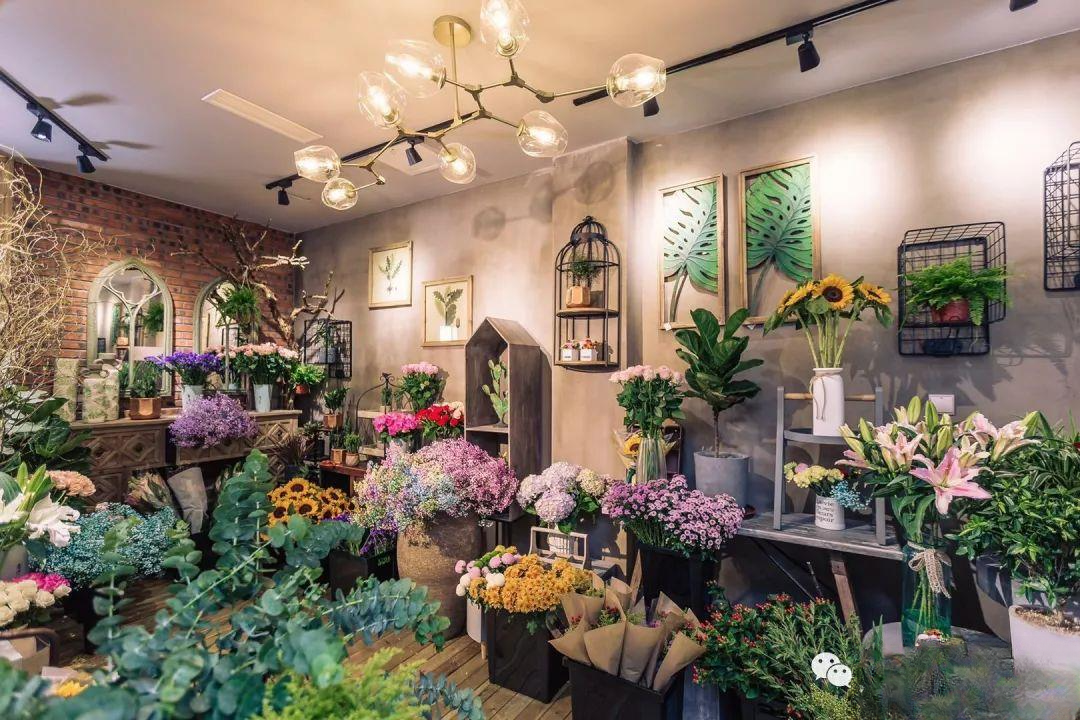
Temperature environment
The higher the temperature of the environment where cut flowers are stored, the stronger the respiration of the flowers will be, which will consume nutrients and shorten the shelf life. Therefore, it is better to store them at low temperatures. It is best for flower shops to have cold storage.
When the food is taken out of the cold storage for display, the higher the temperature, the shorter the shelf life. Therefore, the temperature during display should not be too high, generally 15-25℃ is appropriate.
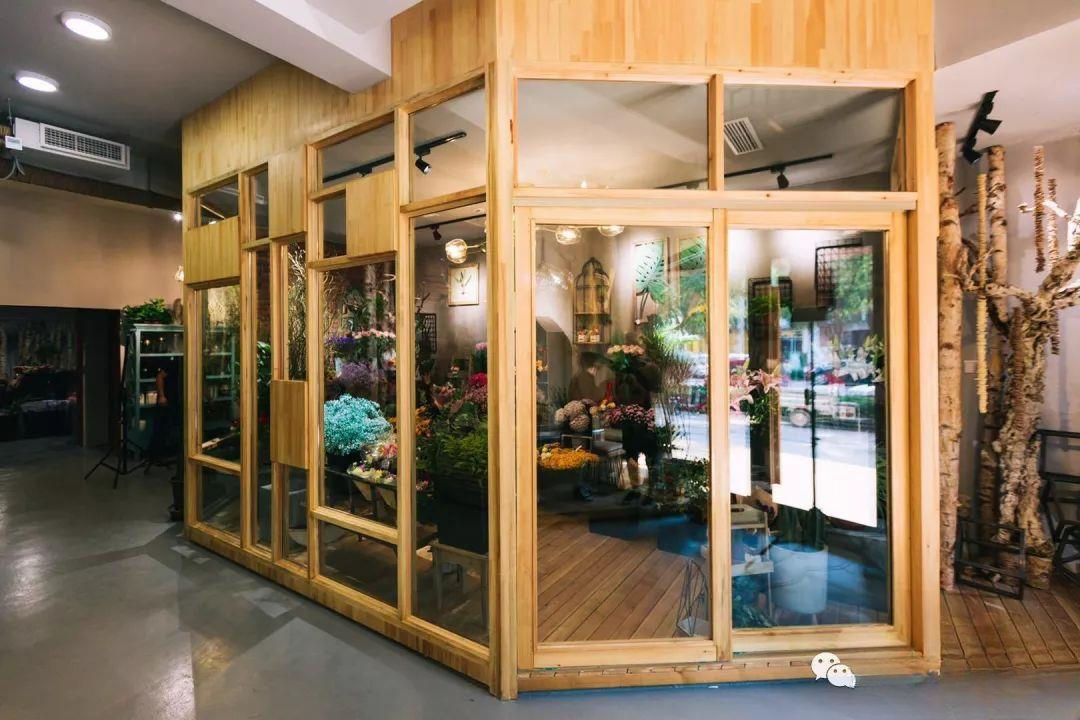
Fresh-keeping room in flower shop
2
Light environment
Cut flowers should not be placed in direct sunlight. If exposed to direct sunlight, the temperature of the flowers will rise, which will directly shorten their shelf life. At the same time, the water retention of cut flowers is equivalent to the amount of water absorbed less evaporation. When exposed to sunlight, the stomata of cut flowers open and evaporation will accelerate. The result is a large amount of water loss and poor water retention.
In order to prevent the water retention effect from deteriorating, it is necessary to set a time period when there is no light. Just turn off the lights at night.

3
Ethylene
Ethylene is a gas that worsens the environment in which cut flowers are kept fresh. The higher the concentration of ethylene in the air, the more likely the petals will wilt and fall off. Ethylene is mainly produced by fruits such as apples and bananas. In addition, incense sticks, petroleum stoves, tobacco ash, and car exhaust also release ethylene. Therefore, when displaying cut flowers, you need to be careful not to get close to these sources.
The resistance to ethylene varies to a certain extent according to the type of cut flowers. As shown in the table below, representative varieties that are weakly resistant to ethylene are carnations, delphiniums, sweet peas, etc. However, these varieties are generally treated with a quality-maintaining agent called STS after the flowers are harvested. Once treated with SIS, the cut flowers will not be affected by ethylene, and even if placed in an environment with high ethylene concentrations, the shelf life will not be shortened, so ethylene will not cause much trouble to them.
Ethylene sensitivity of flowers
Very high | Carnation |
high | Perennial Gypsophila paniculata, Sweet Pea, Delphinium, Dendrobium |
Slightly higher | Bellflowers, snapdragons, violets, lisianthus, roses, blue starflowers |
Slightly lower | Alstroemeria, Narcissus |
Low | Chrysanthemum, gladiolus, tulip, lily |
In order to avoid the impact of ethylene, it is effective to install ethylene filtering equipment in the cold storage and use ethylene-free materials. Frequent ventilation can also reduce the impact of ethylene.
4
Other Environments
When displaying, the air from the air conditioner outlet should not be directed directly at the cut flowers, otherwise it will accelerate evaporation and the water retention effect will also be reduced.
2
running water
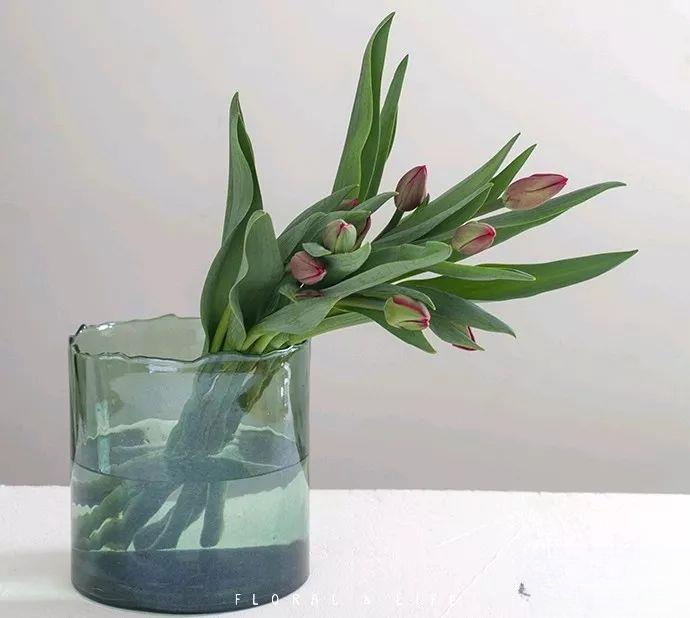
When you put cut flowers into tap water, the sugar substances and other nutrients of microorganisms at the cut will dissolve out, which can promote reproduction, block the ducts, and make the water retention effect worse. In order to solve these problems, it is necessary to use a quality preservation agent with antibacterial agents as the main ingredient. The quality preservation agent used in retail stores is the main ingredient. After the preservative used in retail stores is diluted at a fixed rate, it can inhibit the reproduction of bacteria, prevent the deterioration of water retention, and save the time of changing water.
Be sure to remove the leaves underneath the cut flowers. If they are immersed in running water, bacteria and other microorganisms will easily breed and prevent them from absorbing water. Therefore, do not immerse the leaves underneath in water.
Low-temperature running water is helpful in preserving food to a certain extent, but even if the water temperature is kept low, bacteria will still slowly grow, so it is not as effective as using antibacterial agents.
3
Cleaning of containers and scissors

When the stem is cut back, the juice flowing out from the cut will adhere to the scissors. The juice is a nutrient source for bacteria and contains a lot of sugar substances, which can easily breed and multiply bacteria. So wash the scissors and do a good job of cleaning.
Similarly, dirty containers such as buckets will also hinder the water supply effect. So the containers must be cleaned.
4
Note to customers
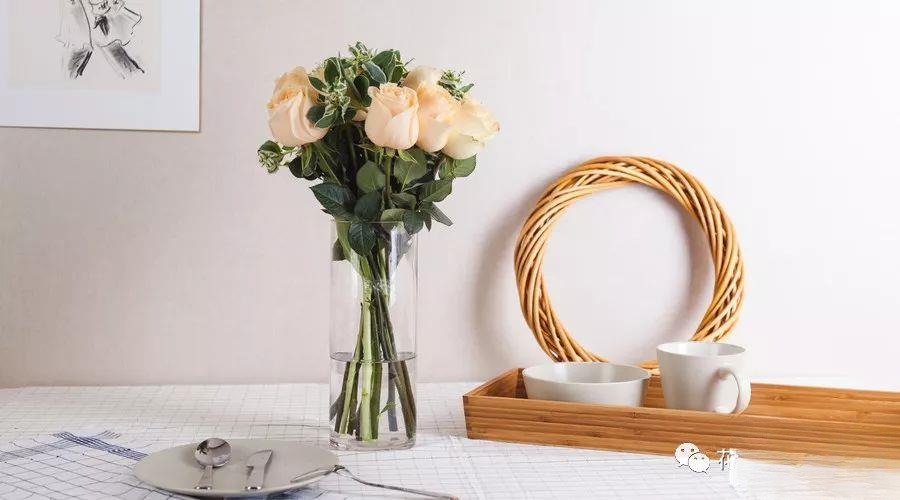
In response to questions from customers, we need to patiently explain the handling and information of cut flowers. Especially for customers who know little about cut flowers, they will definitely want to know the handling and target freshness date of cut flowers in advance.
Vase and scissors
Wash vases and scissors diligently and keep tool containers clean.
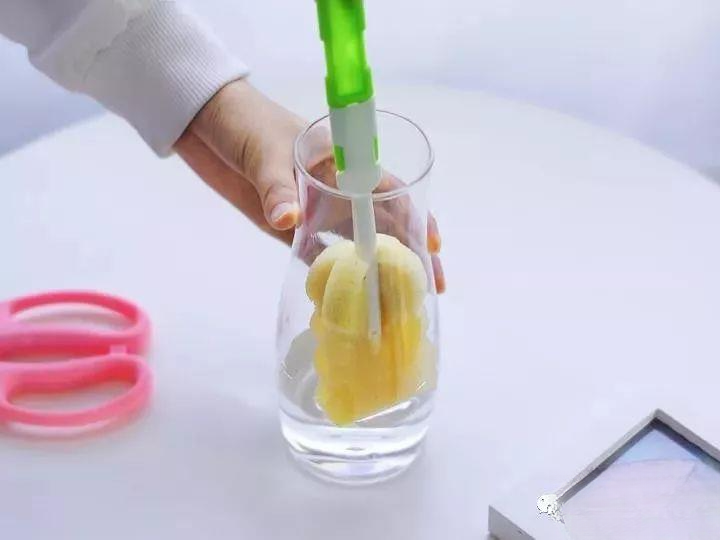
2
Flower preservative
Flower food can extend the shelf life of most cut flowers. Flower food is mainly composed of sugar substances and antimicrobial agents. Sugar substances make the flower buds open, and antimicrobial agents maintain good water retention. Flower food works particularly well on species such as roses and lisianthus. However, flower food is not very effective on species such as lilies and calla lilies.
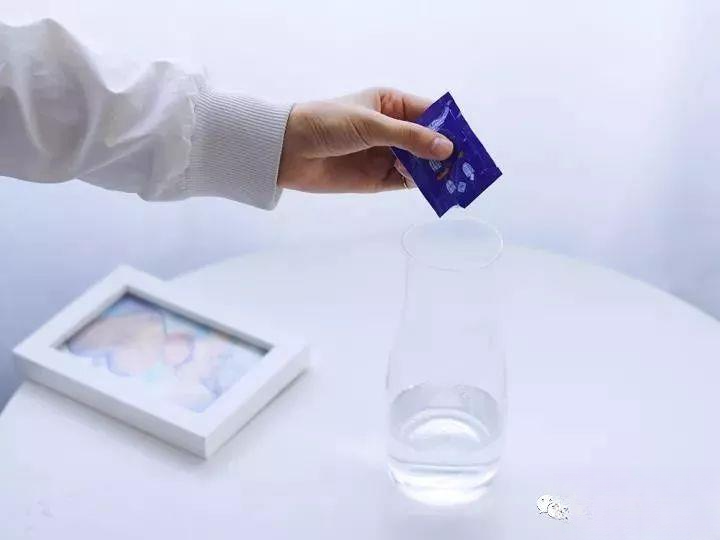
3
Length of cut flowers and presence of leaves
The more leaves there are on the cut flowers, the faster they evaporate and the worse the water retention effect will be. Therefore, it is better to remove the leaves as long as it does not affect the viewing experience. The longer the stems of the cut flowers, the harder it is to supply water to the buds. Therefore, it is better to have shorter stems. If a preservative is used, the deterioration of the water retention effect can be prevented to a certain extent, and the number and length of the leaves on the cut flowers will not be a big problem.
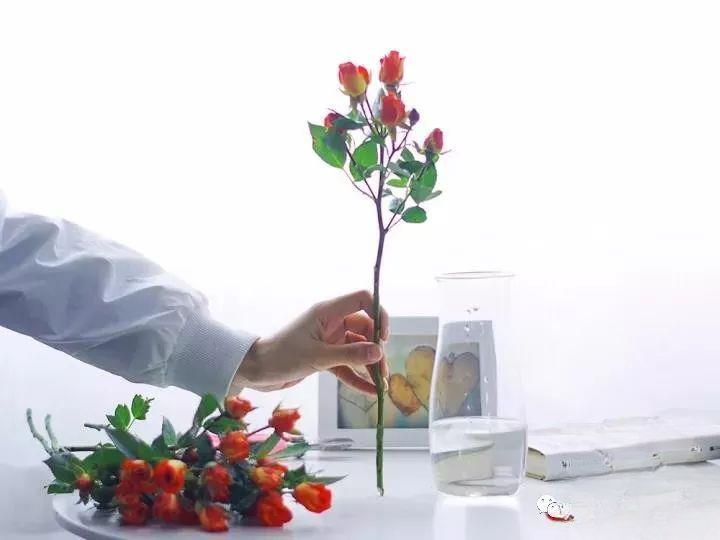
4
temperature
Keeping in a low temperature environment can extend the shelf life of cut flowers. In particular, cut flowers such as tulips, ranunculus, and daffodils that bloom under low temperature conditions will have their shelf life extreme if placed in a high temperature environment.
However, most cut flowers, such as roses and lisianthus, are placed in an extreme environment with a temperature below 10°C, and even with the use of preservatives, it is difficult for the buds to bloom beautifully. Therefore, during the severe cold period, it is necessary to avoid placing cut flowers in an environment with extremely low temperatures.
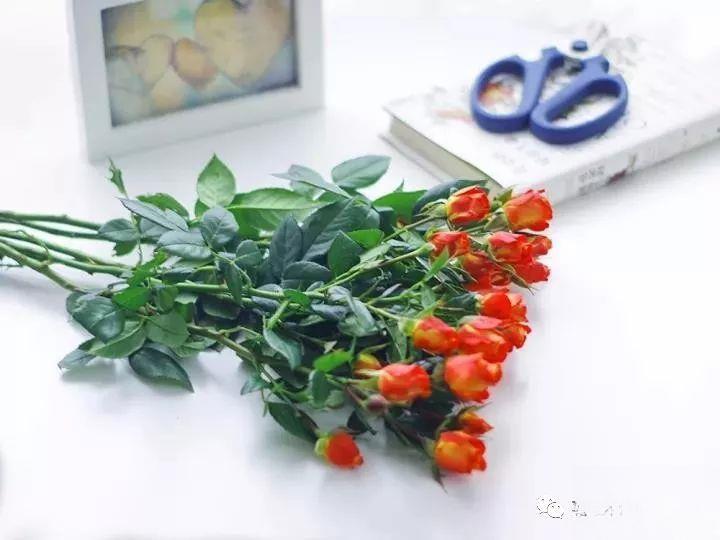
Standard shelf life of major cut flowers
Alstroemeria | 14 |
Carnation | 14 |
Gerbera | 7 |
Calla Lily | 5 |
Chrysanthemum | 20 |
Snapdragon | 10 |
Gladiolus | 5 |
Gloria | 7 |
Cockscomb | 10 |
Peony | 5 |
Gypsophila paniculata | 10 |
Corn peas | 7 |
Forget-me-not | 14 |
Violet | 5 |
Dahlia | 5 |
tulip | 5 |
Delphinium | 7 |
Eustoma | 14 |
Rose | 7 |
sunflower | 7 |
Daffodil | 7 |
Lily | 7 |
Ranunculus | 5 |
Orchids | 10 |
Gentian | 10 |
Carry out appropriate pre-treatment and post-treatment to ensure the shelf life under normal temperature conditions.
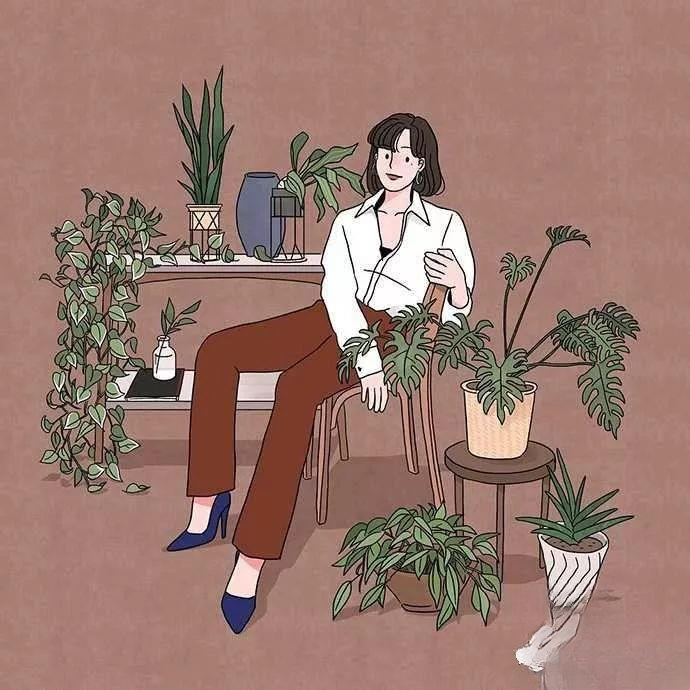
May you love the days with flowers
From then on, life had the colors of the four seasons.
Florist's Growth Diary